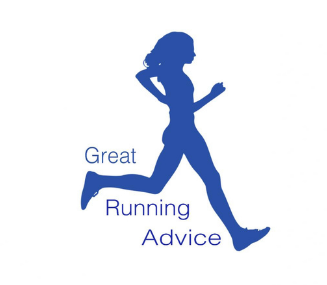Running is a favorite form of exercise for many people worldwide. Its benefits are well-documented, it’s straightforward, and it gets results. But what happens when running is no longer an option? Is there an alternative that can offer similar benefits? The answer is biking. However, the replacement isn’t as simple as swapping your running shoes for a bicycle. In this article, we delve deeper into the similarities, differences, and potential benefits of both these popular forms of exercise.
Unpacking the Basics: Running and Biking
At their core, both running and biking are cardio exercises. This means they work your heart and lungs, increasing your heart rate and promoting cardiovascular health. In addition, both these exercises encourage sweating, helping you lose water weight and toxins from your body. Moreover, they’re a great way to have fun, especially if you’re someone who enjoys outdoor activities. Most importantly, running and biking both contribute to burning calories and fat, which is crucial for maintaining a healthy weight and heart.
Distinguishing Between Running and Biking
Although they’re similar in many ways, running and biking are fundamentally different types of exercise. Running is a weight-bearing exercise. This means when you run, your body’s weight puts pressure on your bones and joints. Biking, however, is a non-weight-bearing activity. When you bike, you’re sitting down. This positioning considerably reduces the stress on your legs.
This distinction is particularly important if you have problems with your knees or ankles, or if you’re recovering from an injury. Biking can be a safer alternative because it’s gentler on your joints compared to running.
Calories Burned: Running Vs Biking
Running typically burns more calories than biking. This is because it engages more muscles, and the weight-bearing aspect means your body has to work harder. For example, a 30-minute run at a moderate pace might burn about 300 calories. In contrast, a similar biking session might only burn between 200-250 calories.
However, biking has a distinct advantage. Because it’s less strenuous, you can bike for a longer duration compared to running. This means you could potentially bike for over an hour, thus burning the same amount or even more calories than running.
Muscle Engagement: Running and Biking
Running and biking target different muscle groups in your body. When you run, you’re exercising your whole leg, including your glutes, quads, hamstrings, and calves. Biking, on the other hand, mainly works your lower body, particularly your quads and glutes.
Neither running nor biking is superior to the other; they just focus on different muscles. But both significantly contribute to improving your overall fitness and muscle tone.
Evaluating Convenience and Cost
When it comes to convenience and cost, running usually comes out on top. It requires less gear, just a quality pair of running shoes, and you can run almost anywhere. Biking, however, requires more equipment: a bike, a helmet, potentially specialized shoes, and a secure place to store your bike.
Investing in a bike can be costly, with prices for good quality bikes ranging significantly. A pair of running shoes, in contrast, is typically more affordable. But it’s also important to note that running shoes need replacing more often, which can increase the long-term cost.
Frequently Asked Questions (FAQs)
Q1: Is biking beneficial for runners?
Absolutely! Biking can provide runners with a much-needed break from the impact of running. This can help reduce the risk of overuse injuries. Additionally, biking can add some fun variety to your exercise routine.
Q2: Can biking shape your body like running?
Biking can indeed help shape and tone your body. While it may not burn as many calories as running in the same timeframe, longer biking sessions can compensate for this difference. Plus, biking is easier on your joints, which might make it a more sustainable exercise option for some people.
Q3: Can biking substitute running for fat loss?
Running may burn calories faster, but biking for longer durations can also promote fat loss. Ultimately, fat loss is about burning more calories than you consume, which can be achieved with either running or biking.
The Benefits of Variety
When it comes to fitness, monotony is the enemy. Doing the same workout repetitively can lead to a plateau in progress, overuse injuries, and declining interest over time. Fitness experts often endorse mixing up your workouts. For those who primarily run, adding biking into your routine occasionally can offer some much-needed variety. It not only challenges your body in new ways, helping you push past fitness plateaus but also breaks the monotony and keeps your workouts fresh and exciting.
Conclusion: The Best Exercise for You
In conclusion, can biking replace running? Yes, it absolutely can. However, the best choice between the two will largely depend on your personal preferences, needs, and physical condition. If you are looking for a low-impact exercise, especially if you are nursing an injury, biking might be your go-to.
Alternatively, if you prefer a simple, low-cost form of exercise, or if your goal is to burn calories rapidly, running could be more appropriate.
Above all, the golden rule of fitness applies: the best exercise is the one you genuinely enjoy and can consistently perform. Whether it’s running or biking, as long as you are moving and staying active, you’re on the right track.
It’s the consistency and enjoyment that play crucial roles in long-term commitment and ultimately, your success in achieving fitness goals. So choose the activity that you enjoy, listen to your body, and keep pushing your limits in your fitness journey.
